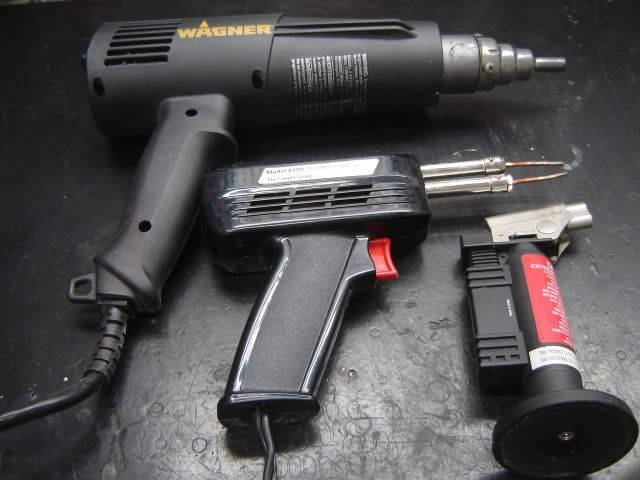- Joined
- Nov 8, 2010
I'm about 1/2 way through repadding my taragot. Upper joint is done.
Perhaps I have less-than-ideal set up, but I find that with the Valentino pads, I basically have 1 shot at it - if I want to reheat the cup and shift the pad, I risk deforming the foam by the generated heat. By less than ideal, I mean I have my heat gun set up in my vise pointing up, set on lower setting, and I heat the cup above it. I have not invested in a torch, which I assume is what's normally used.
But the pads seem to form a nice seal pretty quickly (tested by opening the key and seeing the entire imprint of the tonehole). I followed John's advice of floating the cups. This is a bit harder on some keys, as I only have about 10 seconds to get the key into position.
I'm really glad I decided to re-pad the entire instrument. Some of the old pads I just lifted with my fingers with 0 effort. I have no idea how they stayed on this long. I'm surprised I didn't have any embarassing moments on stage.
George
Perhaps I have less-than-ideal set up, but I find that with the Valentino pads, I basically have 1 shot at it - if I want to reheat the cup and shift the pad, I risk deforming the foam by the generated heat. By less than ideal, I mean I have my heat gun set up in my vise pointing up, set on lower setting, and I heat the cup above it. I have not invested in a torch, which I assume is what's normally used.
But the pads seem to form a nice seal pretty quickly (tested by opening the key and seeing the entire imprint of the tonehole). I followed John's advice of floating the cups. This is a bit harder on some keys, as I only have about 10 seconds to get the key into position.
I'm really glad I decided to re-pad the entire instrument. Some of the old pads I just lifted with my fingers with 0 effort. I have no idea how they stayed on this long. I'm surprised I didn't have any embarassing moments on stage.
George
Last edited:

